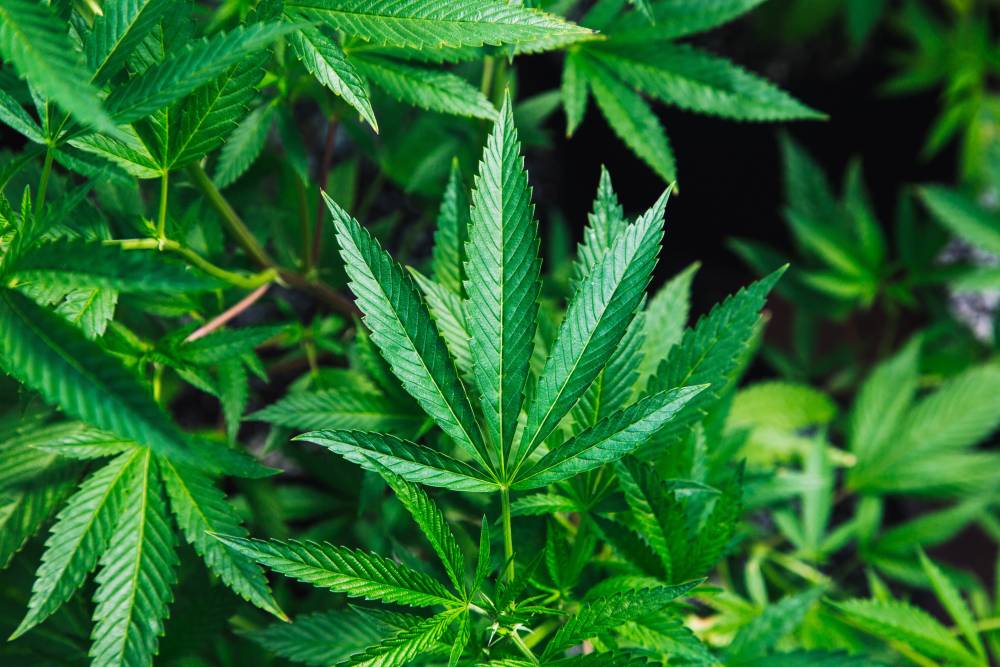
Hemp and cotton are both natural plant fibers. But natural doesn't necessarily mean environmentally friendly and sustainable. The fashion industry uses cotton massively to make stylish clothing and accessories much more than hemp. Why? Is cotton better than hemp?
Cotton is much cheaper to produce than hemp and is readily available. But hemp is more sustainable than cotton and doesn't damage the environment as much. Unfortunately, hemp still has a bad reputation and represents only a small proportion of all fibers produced today.
Cotton and hemp are natural materials made from renewable resources, the cotton and hemp plant respectively. Many fashion brands and designers use both of them to design and produce comfortable clothing worldwide. Other natural fibers used for clothing include linen and jute.
But cotton is widespread in the global textile and apparel industry while hemp remains a niche material. Cotton is the second most used fiber for clothing behind polyester worldwide and the first natural fiber.
To meet the textile fiber and other needs of the Earth's growing population, fiber production must triple globally by the year 2050. But is cotton the best option for natural and sustainable clothes with a low environmental impact?
Hemp doesn't benefit from the same popularity as cotton but makes a great alternative fiber. It has many advantages for apparel and footwear but doesn't have the same low production costs and prices as cotton.
Hemp has been used for thousands of years to produce durable textiles in large quantities. Unfortunately, the wide prohibition of cannabis made industrial hemp unpopular and ended the hemp textile industry.
The textile and apparel industry has a catastrophic impact on climate change. It's one of the largest polluters globally. It's responsible for huge amounts of carbon emissions, pollution, and waste.
It's important to produce and consume clothes made from sustainable materials that protect the environment. Hemp is a formidable option to produce sustainable apparel.
Read up my article on the most eco-friendly and sustainable fabrics to learn more about many other green materials used in fashion.
Cannabis is progressively being legalized across the United State. It represents an opportunity for hemp to gain its reputation back and be used more for clothing in the future.
Hemp is not only useful in the fashion industry but also in many others. It has a significant positive impact on sustainability. Here’s why.

Panaprium is independent and reader supported. If you buy something through our link, we may earn a commission. If you can, please support us on a monthly basis. It takes less than a minute to set up, and you will be making a big impact every single month. Thank you!
Cotton fabric qualities and drawbacks
For more than 7,000 years, cotton has been used to make clothes and for good reasons. Cotton is natural, biodegradable, lightweight, soft, and breathable.
Globally each year, 30.3 million tons of cotton are produced, according to the Food and Agriculture Organization of the United Nations (FAO).
China is the largest producer of cotton worldwide with 6.1 million tons produced in 2018, followed by India (4.69 million tons), and the United States (4 million tons).
However, regular cotton production is terrible and wasteful. It's mass-produced all over the world in subtropical countries which leads to a disastrous social and environmental impact.
Cotton takes a tremendous toll on soil fertility and biodiversity. It endangers land wildlife and marine life with its requirements of pesticides, herbicides, and insecticides that contain toxic chemicals.
As reported by the Global Fashion Agenda, cotton farming consumes 4% of worldwide of nitrogen and phosphorous fertilizers, 16% of all insecticides, and 7% of all herbicides. But it accounts for only 2.5% of the Earth's total agricultural area.
Many harmful chemicals are released untreated into the soil, rivers, and streams. They are very hazardous to farmers' health and ecosystems. Many international usage restrictions are in place but agricultural use continues in many East-Asian countries.
Check out my article on the case for organic cotton to learn more about conventional cotton and why it should be avoided.
Certified organic cotton is much better than regular cotton. Cotton is grown organically in parts of the United States, but also India, Turkey, and China.
Organic cotton is grown from non-GMO seeds and without the use of man-made chemicals. It requires less water than conventional cotton and is grown mostly using rainwater.
Organic cotton has a higher quality and is harvested by hand. But its production is expensive, time-consuming, and requires lots of labor.
It's important to note that “organic” is a very potent marketing tool. Many clothing brands use it to advertise their care for environmental protection and the reduction of fashion’s impact.
But only certification standards from third-party organizations can verify the true organic content in clothes. They guarantee sustainable and ethical manufacturing with responsible use of resources, the least possible impact on people, animals, and the environment.

Hemp vs cotton
Buying and wearing hemp clothes is one of the best ways to create a wardrobe with a low environmental footprint. Hemp is an ethical and sustainable material but remains in low demand compared to cotton.
The annual production of hemp fibers was 60,657 tons in 2018 globally. The biggest producer of hemp tow worldwide is North Korea with 14,891 tons produced in 2018, followed by the Netherlands, China, and Italy.
Industrial hemp production is a very small industry compared to conventional cotton. The distinction between hemp and cannabis isn't very clear to most people which makes hemp unpopular. The hemp plant is a very distinct variety of the cannabis plant and isn't the same at all.
Industrial hemp has a much lower concentration of tetrahydrocannabinol (THC), a crystalline compound that is the main active ingredient of cannabis.
Hemp has many useful properties such as being very absorbent, lightweight, resistant, anti-bacterial, and breathable. It's perfect for hot climates. However, hemp wrinkles easily and requires chemical treatments to remain elastic.
Hemp has a much higher yield per acre than cotton. One acre of hemp can produce two to three times more fiber than an acre of cotton. Hemp keeps soil fertility and requires very little water to grow, almost no pesticides or fertilizers.
It takes up to 20,000 liters of water (5,000 gallons) to produce one kilogram of cotton, equivalent to a single t-shirt and pair of jeans, according to the World Wildlife Fund (WWF).
The huge additional water requirements of cotton create environmental and ethical concerns in many countries faced with water scarcity issues such as India.

Hemp is one of the most environmentally friendly fibers in the world. It's also three to eight times stronger than cotton depending on its processing.
Hemp is also one of the fastest-growing crops in the world. Hemp reaches maturity in only up to 4 months while being naturally pest resistant and protecting soils from toxins and erosion.
Hemp production has a smaller overall ecological footprint than cotton production, as reported by the Stockholm Environment Institute (SEI). Up to 500 liters of water are needed to produce one kilogram of hemp, of which 30 percent is suitable for fiber production.
Hemp fabric is very durable. It makes great clothes and shoes but also industrial textiles, paper, bioplastics, insulation, biofuel, strong cordage, and cables. It holds its strength when wet, unlike cotton.
But hemp remains more expensive to grow, harvest, and produce than conventional cotton. Hemp may have a bright future as consumers become more mindful of the environmental and social impacts of their wardrobe.
Do you own hemp clothes? Let us know in the comment section below.
Was this article helpful to you? Please tell us what you liked or didn't like in the comments below.
About the Author: Alex Assoune
What We're Up Against
Multinational corporations overproducing cheap products in the poorest countries.
Huge factories with sweatshop-like conditions underpaying workers.
Media conglomerates promoting unethical, unsustainable products.
Bad actors encouraging overconsumption through oblivious behavior.
- - - -
Thankfully, we've got our supporters, including you.
Panaprium is funded by readers like you who want to join us in our mission to make the world entirely sustainable.
If you can, please support us on a monthly basis. It takes less than a minute to set up, and you will be making a big impact every single month. Thank you.































0 comments